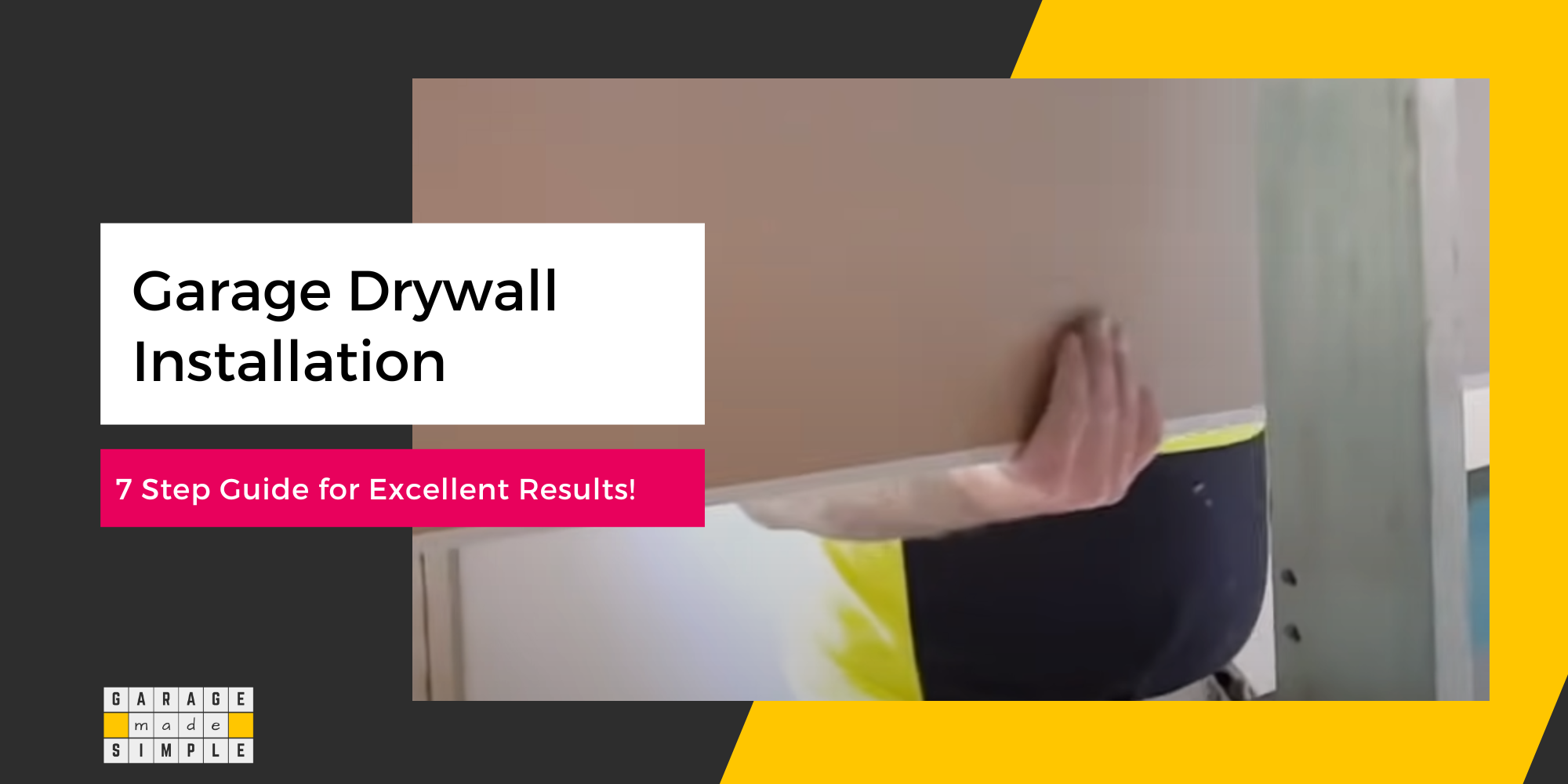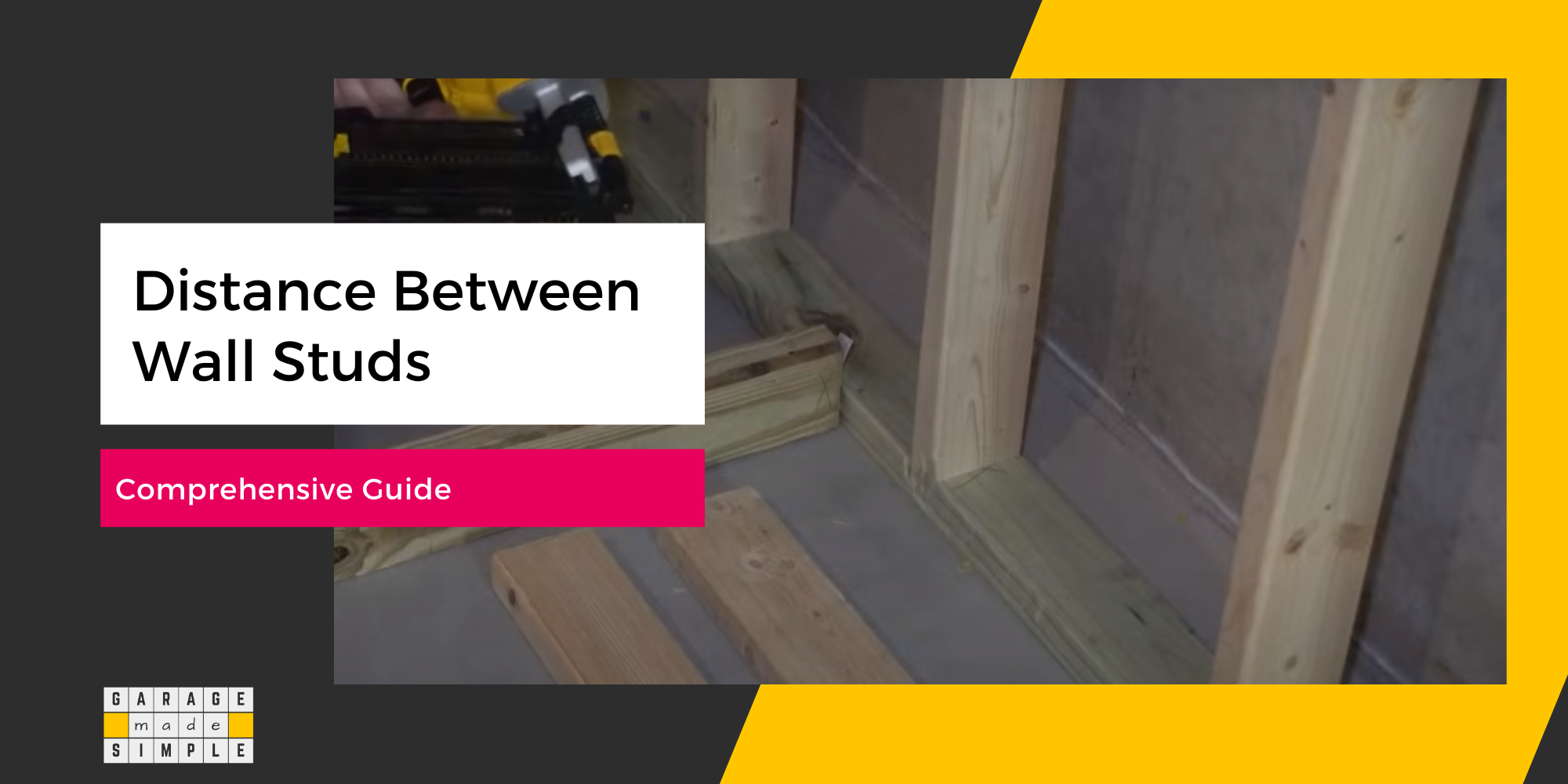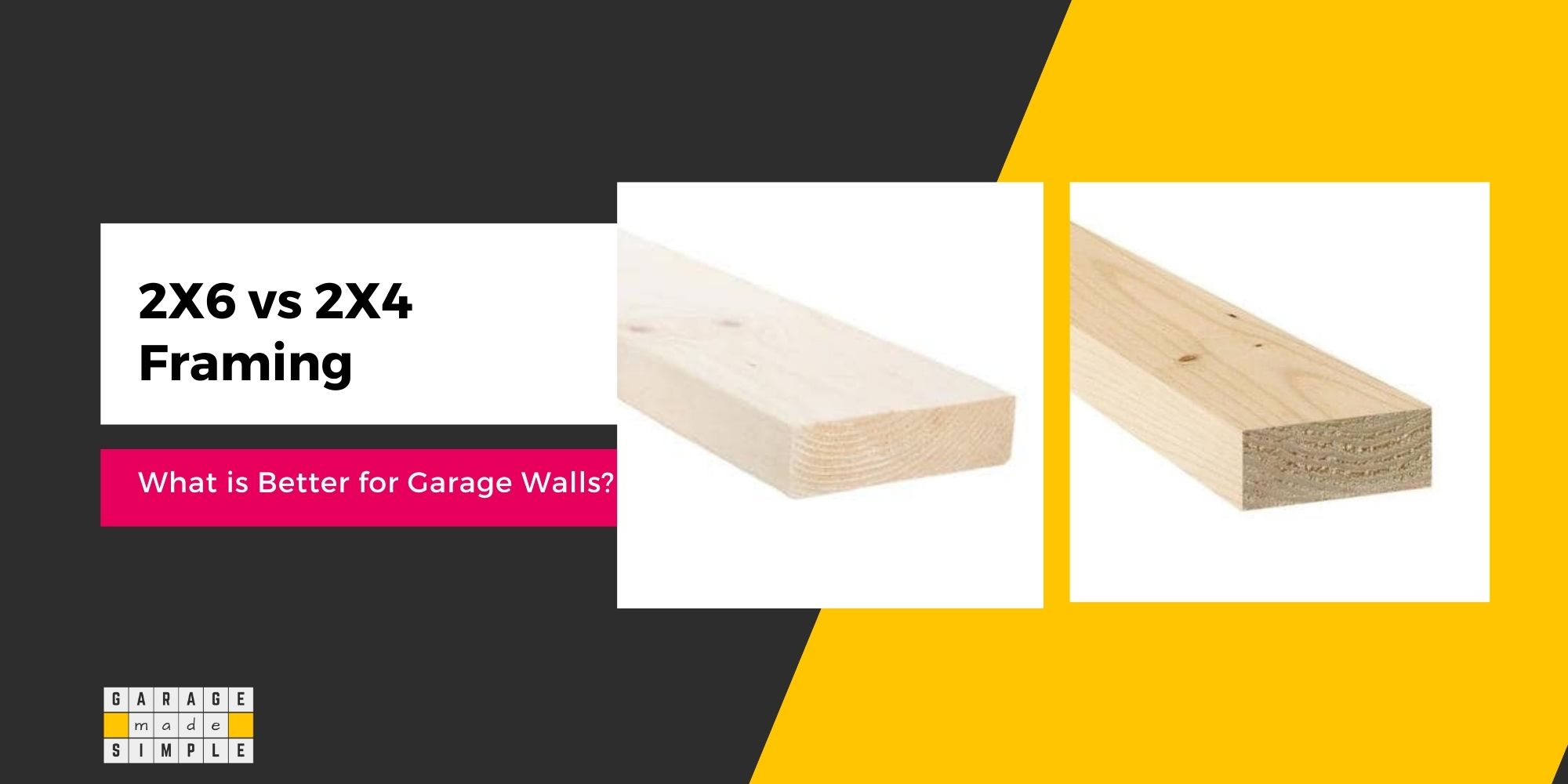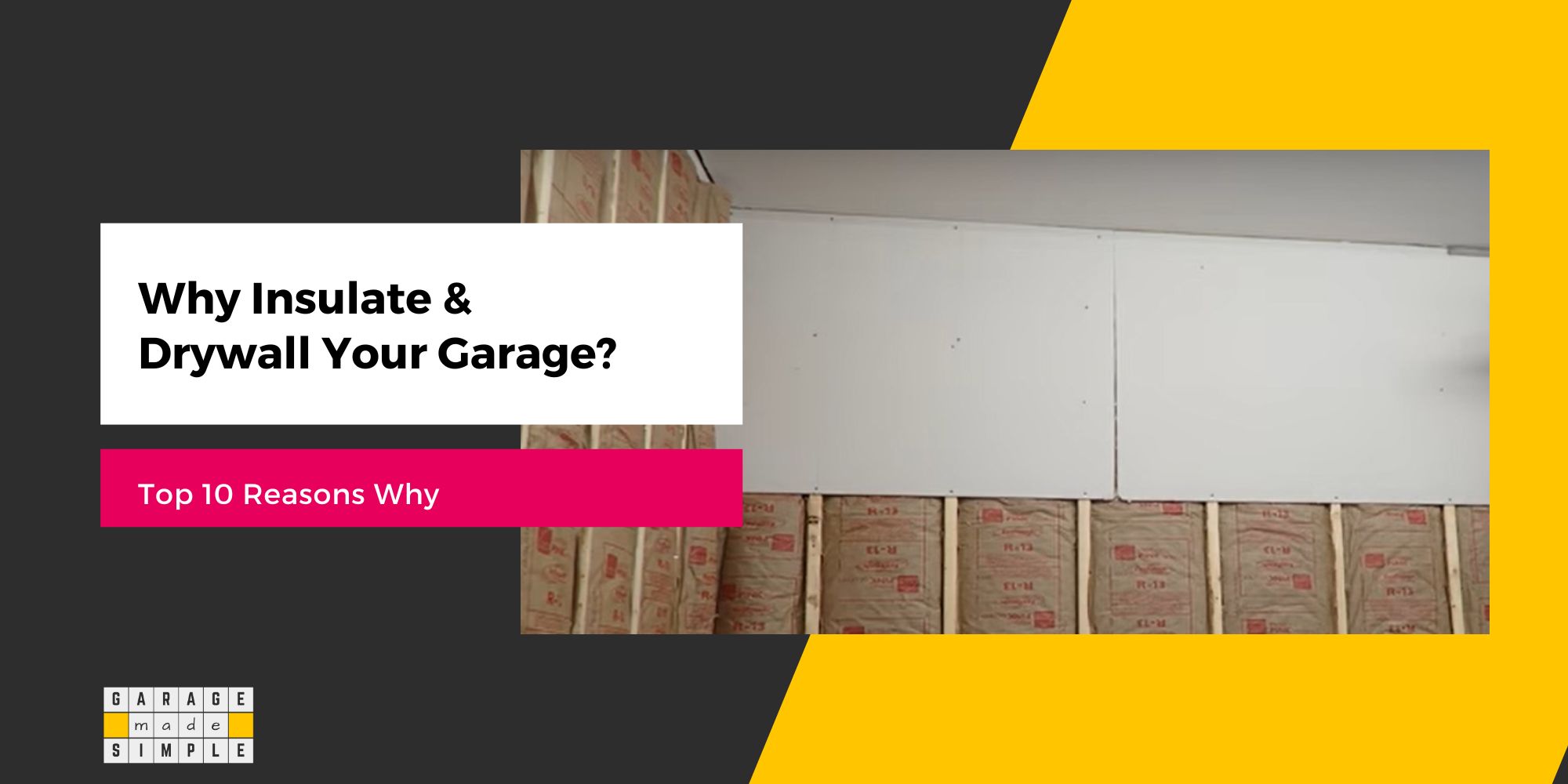Sill Plate Anchor Bolt Requirements: 7 Important Ones!
garagemadesimple.com is a participant in the Amazon Services LLC Associates Program, an affiliate advertising program designed to provide a means for sites to earn advertising fees by advertising and linking to Amazon.com . The website is also an affiliate of a few other brands.
1. What are Sill Plate Anchor Bolt Requirements?
Did you know that there is a code that specifies the sill plate anchor bolt requirements? When building a detached garage or shed, the stability and sturdiness of the structure is really important. You do not want it to move or be blown away by strong winds.
The sill plate anchor bolt secures the sill plate to the concrete foundation, providing structural stability and preventing lateral movement.
The sill plate anchor bolt requirements can be calculated using Section R403.1.6 of the 2021 International Residential Code (IRC).
IRC Code requires that anchor bolts shall be spaced not more than 6’ apart. Further there shall be no fewer than 2 bolts per sill plate section, with one bolt located not more than 12” away from the end.
For example, a 8’ long 2X4 sill plate should have a minimum of 2 anchor bolts. They should be located 1’ from each end. A 24’ long garage wall frame on 3 sections of 8’ long 2X4 sill plates should have a minimum of 6 anchor bolts.
This arrangement will meet the sill plate anchor bolt requirements of the code. However, in real life this may not be enough to secure a garage wall to the concrete slab-on-grade.
The local building code may require you to use more anchor bolts. The actual number of bolts also depends on factors such as, foundation design, expected lateral loads due to wind speeds, etc.
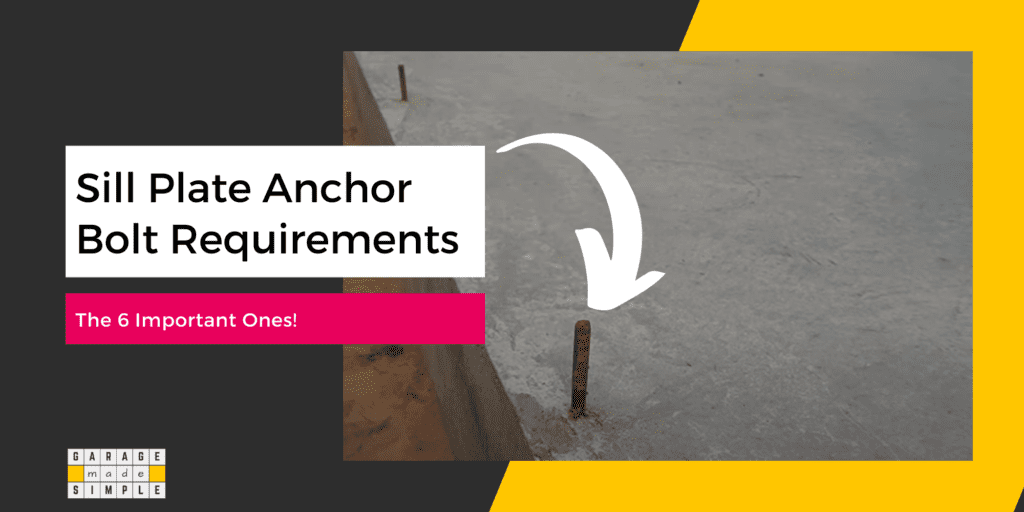
I recommend that you should use an anchor bolt, centered in every alternate stud cavity. As 16” OC stud spacing is pretty standard for garage wall frames, a 24’ wall will have 18 stud cavities and should therefore have 9 anchor bolts.
Make sure that each of the 2 stud cavities at the end have an anchor bolt. Moreover, locate the anchor bolts in the stud cavity center.
However, it is best to double check the local building code and consult a qualified structural engineer to determine the specific sill plate anchor bolt requirements for your project.
2. What Is the Purpose of Sill Plate Anchor Bolts?
The main purpose of sill plate anchor bolts is to resist lateral forces exerted on the garage superstructure by wind, earthquakes, etc.
Without sill plate anchor bolts the garage can shift or rotate. Anchor bolts, true to their name, help keep the garage securely anchored to the foundation, which is usually concrete slab-on-grade.
Anchor bolts can be bent or straight and are also known as J-bolts, L-bolts, or hold-down bolts.
Sill plate anchor bolts are embedded into the concrete foundation while it is still wet and curing. When the concrete hardens the anchor bolts become a permanent part of the foundation.
Alternatively, holes can be drilled in the already cured concrete foundation. The sill plate anchor bolts are then inserted in these holes and secured.
The sill plate secures the garage wall frame to the concrete foundation using the anchor bolts, washers and nuts.
Sill plate anchor bolts are a critical component of the building process and their proper installation is important for the safety and stability of the structure.
Building codes have specific requirements for the type and size of anchor bolts, and the spacing and placement of the anchor bolts in the foundation and sill plate, to ensure the structure is safe and secure.
3. What are the Different Types of Anchor Bolts?
Anchor bolts are designed to attach structural elements, such as sill plates to concrete. They are typically used to attach wood or steel frames to concrete, with one end embedded in the concrete and the opposite end threaded to the frame.
There are four main types of anchor bolts:
- L-shaped anchor bolts: They are also known as J Bolts, so called as they resemble the letter L or the letter J. They are typically cast-in-place, meaning they are inserted into the concrete as it is poured. The concrete then cures, securing the bolts in place.
- Double end rods with plate: These anchors have a plate washer added to one end. They are used primarily in constructing columns for buildings, highway signs, and other applications.
- Headed anchor bolts: These anchors have a forged head on their unthreaded end. They are used to secure a variety of constructions, including structural columns, bridge railing, and light poles.
- Swedge bolts: These anchors have a “swedged” end with multiple indentions to allow concrete to flow into them. They are used to connect girders and piers.
4. How Deep Should Sill Plate Anchor Bolts Be in Concrete?
The Section R403.1.6 of the 2021 IRC Code requires that sill plate anchor bolts shall be embedded a minimum of 7” into the concrete for residential construction.
The code considers this depth to be sufficient enough for the anchor bolt to resist lateral forces exerted on the garage by wind, earthquakes, etc.
Of course, the sill plate anchor bolt requirements by IRC, for the depth of the bolt is only the minimum stipulated.
The actual depth requirement would depend on the local building code and the calculations made by a qualified structural engineer for a specific project. The factors that a qualified structural engineer will take into account can be quite complex.
DEWALT XTREME 12V MAX* Cordless Drill / Driver Kit, 3/8-Inch
DEWALT XTREME 12V MAX* Cordless Drill
This cordless drill is compact and performance packed, ideal for precision applications like drilling small pilot holes. It accepts up to a 12-inch spade bit.
At only 5.97-inch length, it is packed to perform with a 2-speed transmission. It also features a bright LED positioned light on the foot to illuminate work areas.
5. What Size Sill Plate Anchor Bolts Do I Need?
The same section, namely Section R403.1.6 of the 2021 IRC Code requires that sill plate anchor bolts shall be a minimum of ½” in diameter.
This requirement is, of course, the bare minimum. A sill plate anchor bolt that is less than ½” diameter would likely just snap under any kind of lateral load.
However, the actual size of sill plate anchor bolts will probably need to be larger. The size would depend on various factors, such as, the foundation load-bearing capacity, the design of the structure, etc.
A detached garage is a relatively simple structure and you should be fine if you complied with the local building authorities sill plate anchor bolt requirements.
For a more complex building such as your home, you should definitely entrust the entire design (including everything to do with sill plate anchor bolt requirements) to a professional structural design firm.
They can run load calculations based on all kinds of relevant factors such as wind speeds in the area, etc.
6. What Are Anchor Bolts Made Of? Is Corrosion a Concern?
Anchor bolts can corrode over time due to exposure to moisture and other environmental factors. Corrosion can weaken the anchor bolts and defeat their basic purpose.
To prevent corrosion, anchor bolts should be made of a corrosion-resistant material, such as stainless steel or hot-dip galvanized steel.
Stainless steel anchor bolts are resistant to corrosion and are often used in marine or coastal environments where saltwater corrosion is a concern. Hot-dip galvanized steel anchor bolts are coated with a layer of zinc that protects the steel from corrosion.
As pressure treated wood is recommended for sill plates in a garage, hot dipped galvanized steel anchor bolts are a better option. The copper based chemicals in the pressure treated sill plates will not be able to corrode them.
7. When Should Sill Plate Anchor Bolts be Placed in Concrete?
Sill plate anchor bolts can be placed in a concrete slab-on-grade using one of the following techniques.
Cast In Place Anchor Bolts
“Cast in place” anchor bolts is a common practice. Anchor bolts are installed in the wet concrete before it hardens, so that they become a permanent part of the slab-on-grade foundation.
“Cast in place” anchor bolts are the most secure option as a very strong bond develops between the anchor bolts and the concrete slab.
The location, spacing and depth of the anchor bolts must be clearly marked before placing anchor bolts to ensure there are no errors and all sill plate anchor bolt requirements are complied with.
Post Installed Anchor Bolts
Post-installed anchor bolts require the drilling of holes into the hardened concrete slab after it has cured. Anchor bolts are then hammered into the holes.
It is important to keep the hole diameter just a little bit smaller than the anchor bolt diameter to get a really tight fit.
This method is typically used when anchor bolts were not placed in the slab at the time of the pour, or when additional anchor bolts are needed.
Epoxy Anchored Anchor Bolts
In the epoxy-anchored method, holes are drilled into the concrete slab and filled with epoxy. The anchor bolts are inserted into the epoxy-filled holes before the epoxy begins to set. Naturally in this method the hole diameter should be larger than the anchor bolt diameter.
This method is preferred where extra strength and stability is needed, such as in seismically active areas.
Mechanical Anchoring
Mechanical anchoring involves using a special tool to install an anchor into a pre-drilled hole in the concrete. This is a fast and easy method but it’s limited by the size of the anchor and the strength of the concrete.
Thank you very much for reading the post. I do hope you found it informative and useful.



